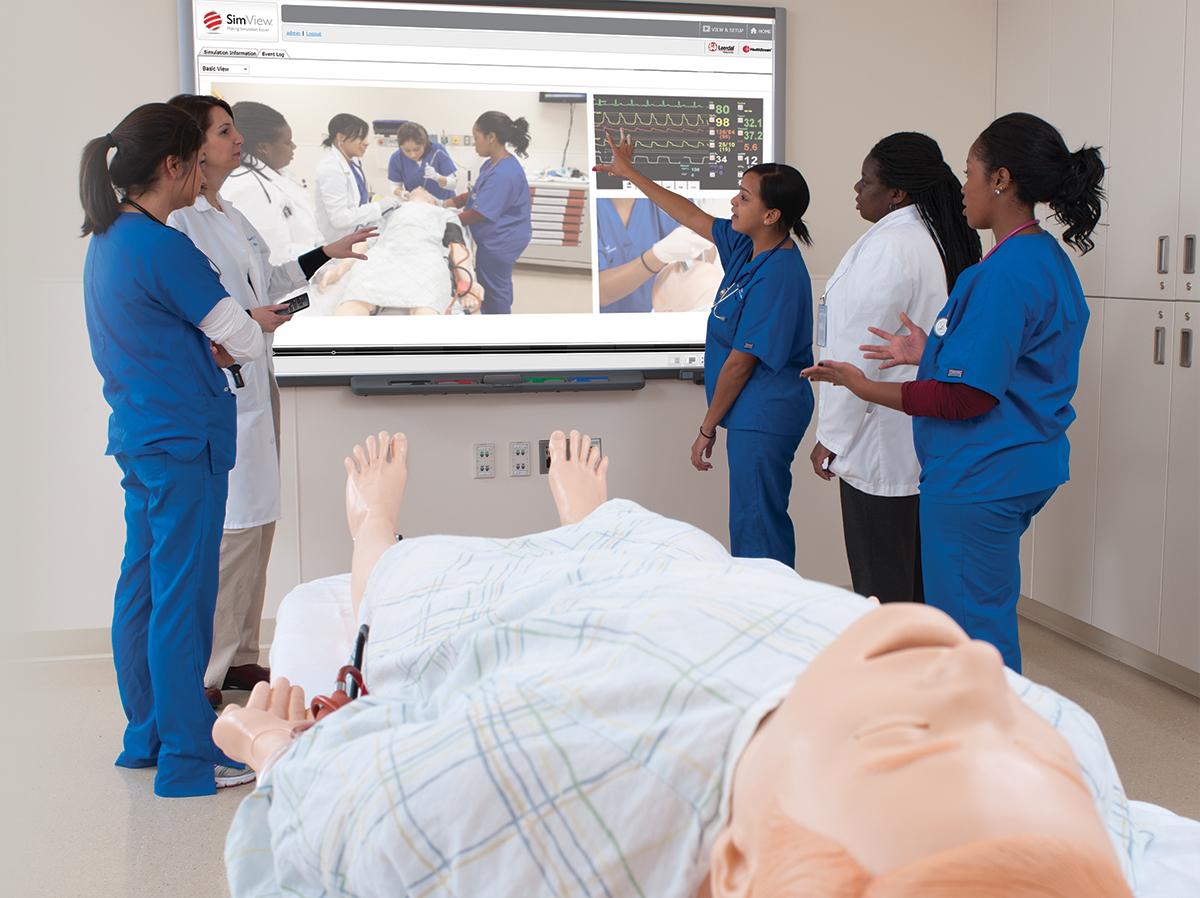2. Stay true to your learning objectives
If your goal is to have participants master basic cardiopulmonary resuscitation (CPR), for example, there’s no need to incorporate a complex simulation scenario that deals with equipment failure or working at a chaotic fire scene. To stay focused, benchmark all decisions against your stated learning objectives. “Will this feature support or detract from what we’re trying to achieve?”
3. Share how learning should be applied on the job
Instructors need to communicate exactly what participants are expected to take from the simulation and apply at the patient’s bedside. This will help boost sense of purpose, commitment to learning and retention of information.
If students are expected to complete a cardiac assessment, explain what that means. Is it expected they listen to heart sounds in all fields, attach the patient to a monitor and interpret their electrocardiogram rhythm, and/or obtain a history of all related illness and medications? Expectations among instructors may vary, so being specific will clarify discrepancies.2
4. Leverage the power of short-term gains
Simulation experts recognize that making the case for simulation means demonstrating return on investment (ROI) — the faster, the better. Typically, they turn to the Kirkpatrick model to demonstrate how simulation training is worth the investment: 3

Effectively communicating short-term gains fuels engagement, enthusiasm and morale among key stakeholders. It also illustrates the link between employee engagement and ROI, showing in practical terms how simulation can deliver immediate value.
5. Think faculty development
Unlike the traditional classroom setting where instruction is teacher-centered, instruction using simulation is student-centered, with the teacher playing the role of facilitator in the student’s learning process.4 It’s a different way of learning, requiring a different type of teaching. This means that faculty development is a critical piece of every effective simulation program.
6. Create a simulation that is geared for self-reflection
To design a successful debriefing session, tailor it to the learning objectives established earlier. If you’ve defined those objectives well — around mastery of a particular technical skill or aspect of team behavior, for example — your debriefing session will allow you to gauge how closely participants’ performance aligned with the objectives, and what actions must be taken to bridge any observed gaps.




